If your stool color suddenly changes, you should not immediately panic - the reason may be absolutely not serious. Anxiety will be appropriate with a constant unusual shade of bowel movements. Let's talk today about the causes of green feces in adults.
Material Content:
What can stain stool
A green shade of feces can be the result of frequent and large quantities of cereal consumption. Even if you change the diet to other foods for several days, the stool will be green. This is explained by the presence in cultures of an enhanced protective membrane, which causes the digestive tract to secrete more bile for processing. And as a result - feces are painted in this color.
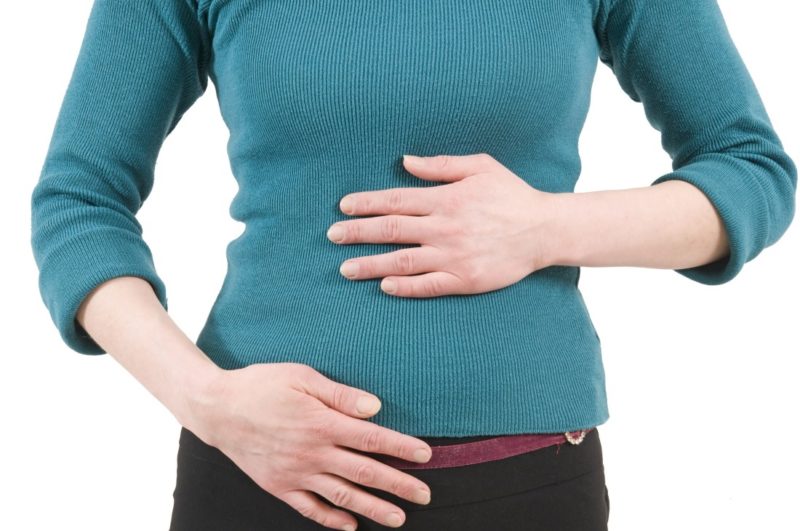
There are products that cause a green tint of bowel movements, for example, which have a lot of iron in their composition, as well as:
- leaf crops;
- caramel, marmalade and jelly with a high content of dyes;
- red meats, saltwater fish and legumes (red).
All of the above, as a rule, passes without diarrhea and abdominal pain. 3-5 days after the last meal with the presence of the above products, the color of feces will become normal.
Another reason for green feces in an adult that does not indicate a serious illness is diarrhea. This happens because of the low speed of microorganisms in the intestines to affect feces with such a problem.
With impaired movement of digested food in the form of a coma in the large intestine, feces also acquire a green tint.
For information - before you go outside, the contents are in this intestine for some time.
Now we turn to the more serious reasons for the appearance of green feces in an adult.
Causes of green feces in adults
The appearance of pathology in the body, including a change in the color of feces, will be accompanied by additional symptoms.
And depending on this, it will be possible to talk about the development of certain ailments:
- Infections in the intestines lead to fever, nausea and vomiting, including pain in the abdomen.
- With dysbiosis, the number of pathogenic bacteria increases, causing decay and fermentation of food. As a result, bloating, gums and discoloration of feces appear.
- Exacerbation of a stomach ulcer or gastrointestinal oncology leads, among other things, to a change in the color of feces to green. This is due to the incomplete oxidation of iron.
- The massive decomposition of red blood cells contributes to the development of liver pathologies - hepatitis. A diseased organ is deficient in hemoglobin, a bilirubin derivative. As a result, the stool becomes green instead of brown.
- Due to intolerance to the body of any products, an allergic reaction appears, leading to inflammatory processes and digestive disorders. As a result, feces turn green.
It is interesting:the norm of hemoglobin in women by age in the table
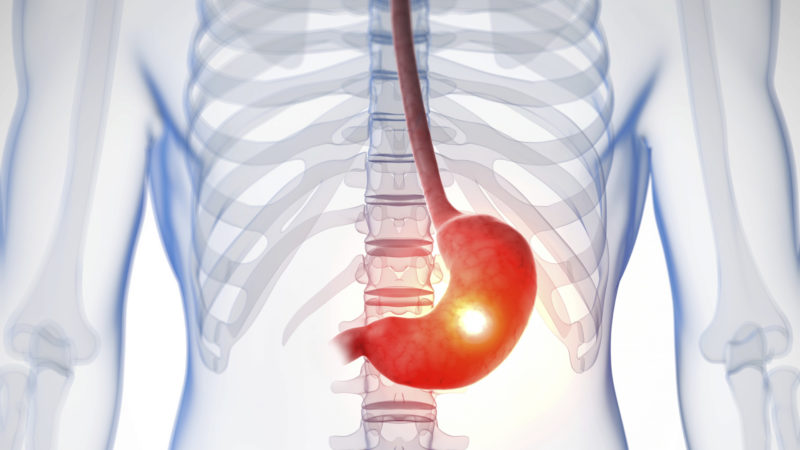
Failure of the gallbladder and other internal organs can also trigger the appearance of feces of a different shade.
Important: the presence in the feces of mucus in addition to a color change gives rise to consult a specialist.
The green color can also be different - from a dark to a light shade, and this will also indicate different health problems.
Black and green.
Such bowel movements indicate infectious diseases in the intestine. But if you are a vegetarian, then you can not worry - the reason for this color of feces in the diet.
Liquid feces of green color.
This is an alarming and unpleasant phenomenon caused by poor-quality food or taking any medications. If this happened once and did not affect the general state of health, then the body will cope on its own.
With a repeated problem, and even lasting several days with the addition of fever and pain, you will need to see a doctor. After all, these can be symptoms of serious diseases - dysbiosis, enteritis, internal bleeding or blood ailments.
Light green feces.
Due to taking a course of antibacterial agents, feces of a light green hue appear. Joining an increase in body temperature, nausea and vomiting will be an occasion to contact a medical institution, and urgently.
Feces without diarrhea and pain.
Asymptomatic staining of feces in green is an occasion to simply analyze your diet.
Diseases that provoke the appearance of green feces
We list the main diseases that can cause a change in the shades of bowel movements, to summarize some of the above:
- salmonellosis or Crohn's disease;
- ulcerative colitis or gastroesophageal reflux disease;
- diabetes in various forms or inflammation of the small intestine;
- food poisoning or allergy to lactose and / or fructose.
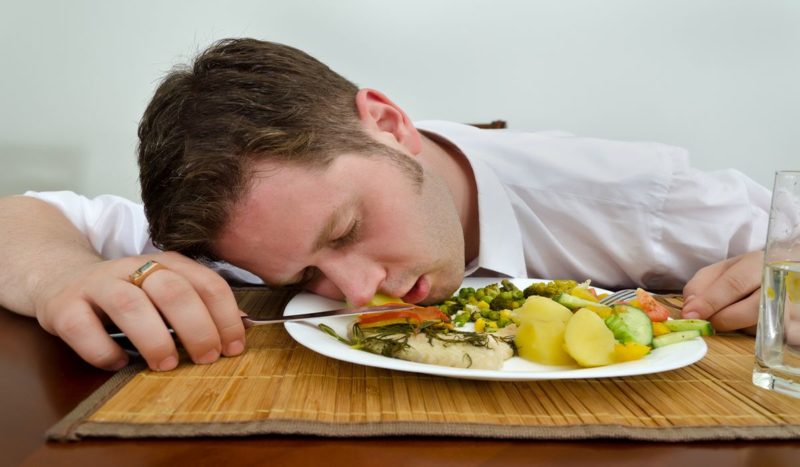
Impaired thyroid function can also cause a similar problem. And for proper treatment, you will definitely need to visit a doctor for a diagnosis, which is not advisable to do on your own.
What to do when a green stool appears
If you notice that the feces have changed color from brown to green, do not panic. The first thing to do is to remember the whole diet in the past 3 days.
If this is not the case, then do the following:
- Go to the pharmacy and buy probiotics of your choice, like Bificol or Lactobacterin in any form. They contribute to the restoration of intestinal microflora, in particular, after taking antibacterial agents.
- If you suspect food poisoning, then take activated charcoal in a proportion of 1 tablet / 10 kg of weight.
- When nausea and vomiting occur, in addition to changing the color of feces, it is recommended that you drink Regidron. Often this is enough to normalize digestion.
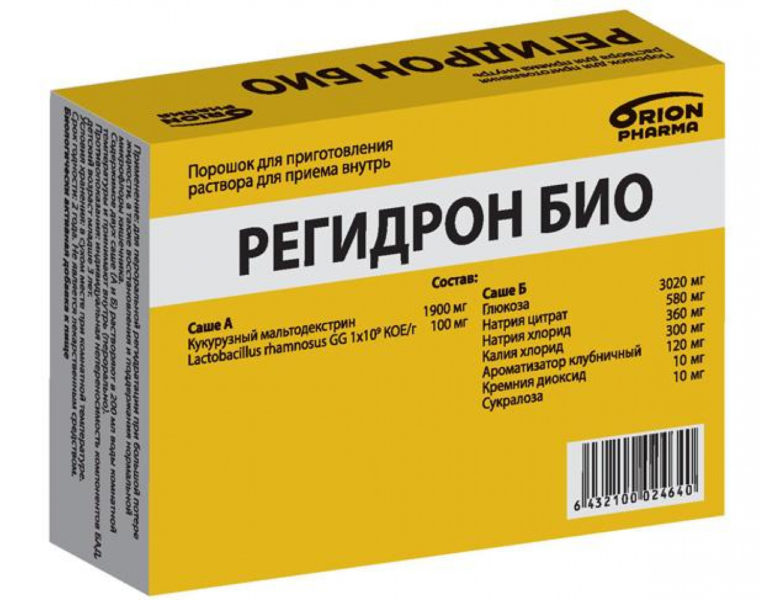
Doctors use certain methods to make a diagnosis and prescribe laboratory and hardware tests:
- to identify the presence in the feces of microscopic particles allows Coprogram, studying the chemical composition;
- general analysis of blood and urine. If worms are suspected, a microscopic examination is done;
- the sowing tank reveals the causative agent of the infection, determines the state of the intestinal microflora and the presence of bacteria;
- Ultrasound of internal organs and ECG;
- colonoscopy and gastroscopy;
- MRI or CT scan of the abdomen.
Depending on the doctor’s suspicions, this list may be less or more, and you should not refuse appointments, no matter how unpleasant they are.
Treatment will depend on the diagnosis, and in most cases hospitalization is needed. Salmonellosis gives reason to send to the infectious department, gastrointestinal bleeding and colitis - to surgery. In a serious condition, patients are hospitalized in the intensive care unit for surgical operations to restore health.
Pregnancy and green stool
The main reason for the appearance of green feces in women during pregnancy is nutrition. Indeed, in this period of life, ladies in position try to consume a lot of greens - broccoli, spinach, parsley, dill and other foods rich in chlorophyll.
An additional intake of vitamin preparations also contributes to a change in the color of feces, which occurs due to iron not absorbed by the intestines. Food retention in the thick section is another reason for the green color of the stool in pregnant women.
The rapid transit of products through this organ leads to staining of feces in an unusual color due to the fact that the bacteria in the organ do not have time to process all bilirubin after processing food with bile.
Not uncommon - staining of feces in a green tint after taking antibiotics. To recover, stop drinking them or reduce the dose.
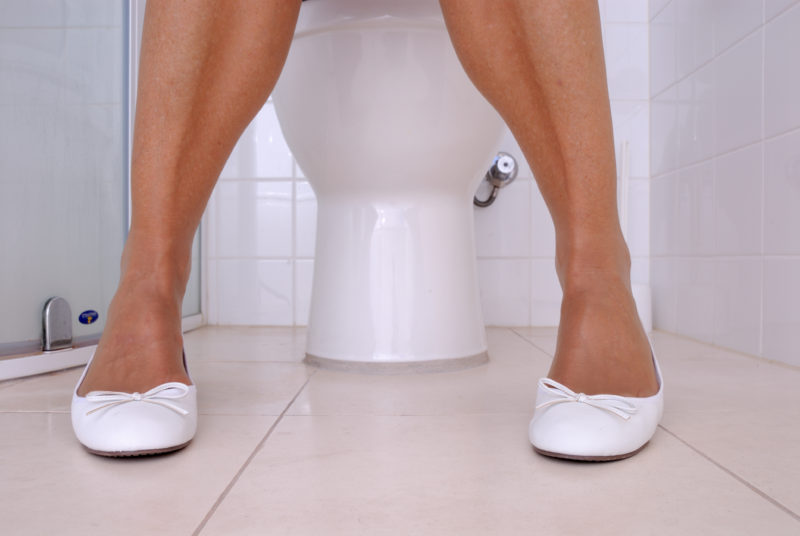
There are ailments in pregnant women, causing a similar problem:
- Crohn's disease and irritable bowel syndrome.
- Dysbacteriosis or dysentery, in which weakness, vomiting, pain in the abdomen and increased body temperature will torment.
- Diseases of the blood and liver.
All these pathologies with additional symptoms will require immediate medical attention.
Light shade of feces.
Light green stools during pregnancy can "talk" about the presence of infectious ailments - hepatitis, pancreatitis and others. Still such feces indicate the presence of stones and neoplasms.
Impurities of blood in feces.
Blood in the feces is observed with internal bleeding, localized near the anus. And there are several reasons - hemorrhoids, anal fissures or malignant tumors in the rectum.
Stool with mucus.
Mucus in the feces appears with a sedentary lifestyle, as well as with acute inflammatory processes in the form of colitis, enteritis, proctitis and other diseases.
Always carefully monitor your well-being and changes in the body. After all, any unusual symptoms may indicate serious pathologies that require immediate medical attention.
But basically, if you do not take into account possible diseases, with a changed color of the stool there are no reasons for concern and a visit to the doctor. A visit to a gastroenterologist will be required if the problem persists after childbirth.
If you realize that staining of stool was not due to the diet, but for other reasons incomprehensible to you, plus there are other unpleasant symptoms, then do not postpone the visit to the medical institution. This will protect against serious consequences and speed recovery. Health to you and your loved ones!












